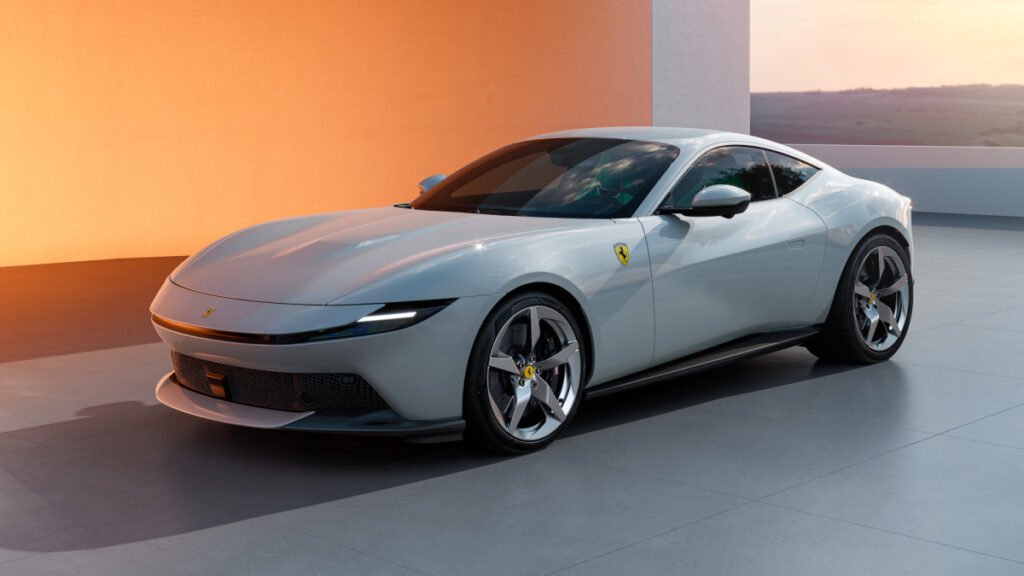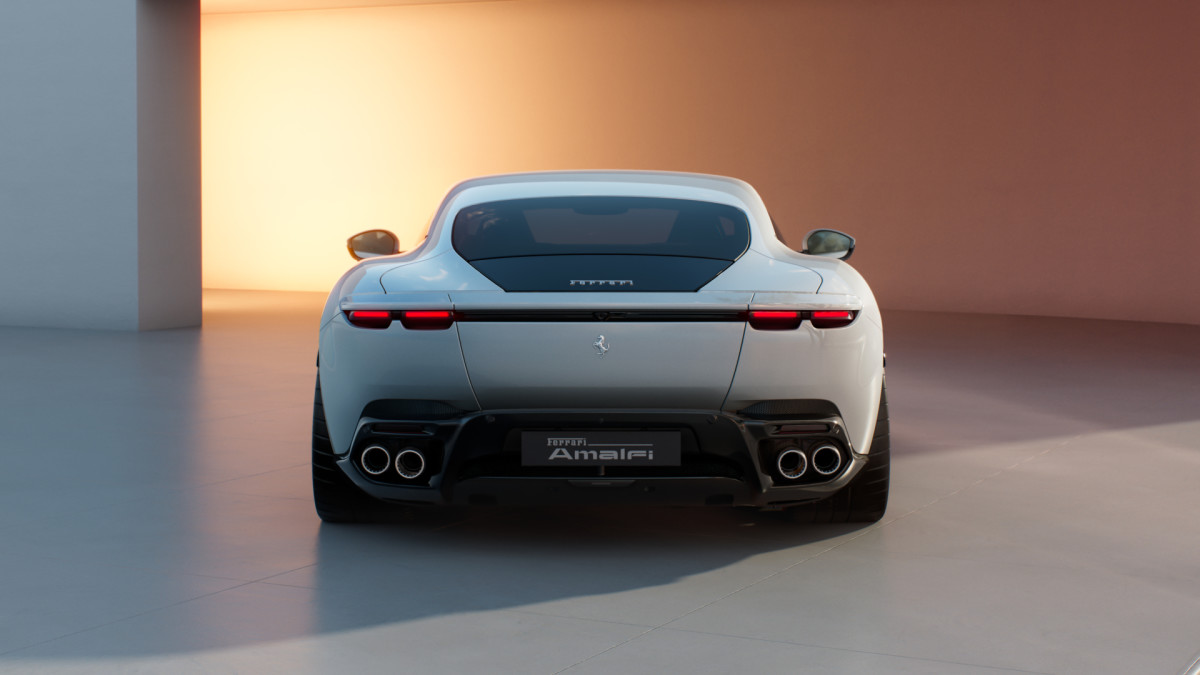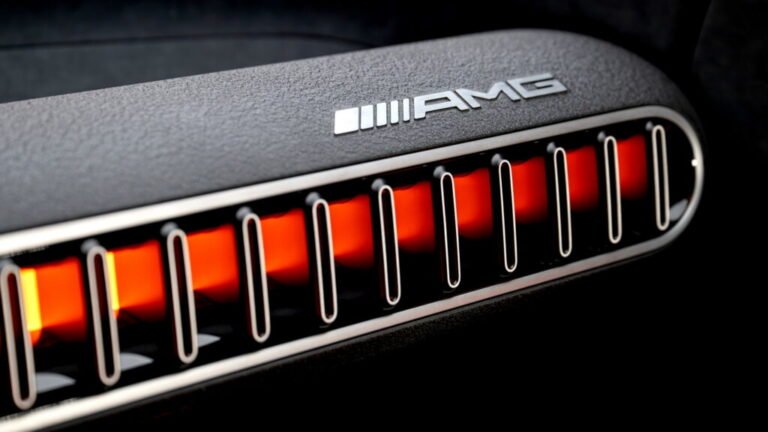
Ferrari Keeps It Simple
Ferrari views each of its cars as a work of art, and as such, each piece must have its own name, even if the latest piece of expression looks very similar to what has come before. Hence, the updated Ferrari 488 GTB became the F8 Tributo, and in 2025, the updated Roma is the Amalfi. At first glance, the new Amalfi looks almost identical to the grand tourer revealed in 2019, but the replacement for the Roma has been refined in several ways and is proof that Ferrari listens to its customers, at least some of the time.
Refined Styling Shows The Family Resemblance
The design of the Roma was praised for its clean lines and elegant execution, and Ferrari only made subtle changes. At the front, the headlights are far slimmer and narrower, with a bar of negative space connecting each to the other. This and the new Purosangue-like grille give the Amalfi a look that calls to mind the 12Cilindri, and at the rear, slimmer taillights topped by an adaptive spoiler do the same. Another subtle but important change is a sharper shoulder line, and all these changes make the Amalfi look lower, wider, and sleeker than the Roma.
Ferrari says that the redesigned rear spoiler and new underbody lips help make the Amalfi more predictable, and in the most extreme of three settings for the rear spoiler, the Amalfi generates 242 lbs more downforce than the car it replaces. The redesigned headlights and their ducts also send more air to the turbochargers, increasing power and reducing acceleration times. It may not seem immediately apparent, but every exterior panel except the glasshouse is new. Also new is Verde Costiera paint, a real green inspired by the Amalfi Coast.
More Power, Quicker Acceleration
Under the bulging hood is still a 3.9-liter twin-turbocharged V8, but it now produces 631 horsepower (up 19 hp from the Roma), thanks to a light camshaft that allows for higher engine speeds, the ECU from the 12Cilindri, and those aforementioned intake ducts in the headlights. Torque remains the same at 561 lb-ft, and the eight-speed dual-clutch automatic is unchanged, but 0-62 mph now takes 3.3 seconds, shaving a tenth off the Roma’s sprint. Speaking with Autocar, product development boss Gianmaria Fulgenzi said that he and his team at Ferrari prioritized accessibility because 50% of Roma buyers had never driven a Ferrari before. One of their achievements is a brake-by-wire system that replaces mechanical braking components with a computer-controlled system that allows drivers to brake hard even in the wet without losing any feel or performance, while the steering system from the 296 GTB promises even sharper handling. But Ferrari isn’t only trying to accommodate new buyers.
Interior Blends Technology With Tactility
Touch capacitive controls have permeated every level of the automotive industry, and although Ferrari has tried to spin these pads as evidence of high-tech, buyers have not enjoyed them. Fortunately, Ferrari does listen to its buyers at times, and the Amalfi brings with it the clamored-for return of a physical start/stop button in red on a new steering wheel. Not only does this look and feel better and hide fingerprints better, but it also makes every start-up feel more dramatic and emotional. Driving a Ferrari should be an event, and this amps up the excitement, as does the new Verde Bellagio green upholstery.
Technology is still a big part of the experience, though, with a new 10.25-inch central infotainment screen flanked by a 15.6-inch driver display and an 8.8-inch passenger screen. Apple CarPlay, Android Auto, and wireless charging also feature alongside an optional 14-speaker Burmester audio setup. Helping make each front occupant feel cocooned in their own cockpit is a new center console, or “bridge,” as Ferrari describes it, made from a solid block of aluminum.
Our Take
Just as the Portofino marked a step forward from the California, the Amalfi elevates the performance, styling, and luxury of the Roma. But it will also influence future Ferrari models, as we doubt Roma buyers were the only ones complaining about the loss of button controls in the cabin. On the one hand, the Amalfi is little more than a revised Roma, but on the other, it keeps the V8 alive in the Ferrari range and shows that Maranello isn’t afraid to admit when it’s made a mistake. Hopefully, upcoming Ferrari models will be just as impressive, though none will be as “cheap” as this. In Italy, the Amalfi starts at €240,000, or nearly $283,000, roughly $60,000 less than the next cheapest Ferrari, the 296 GTB.






